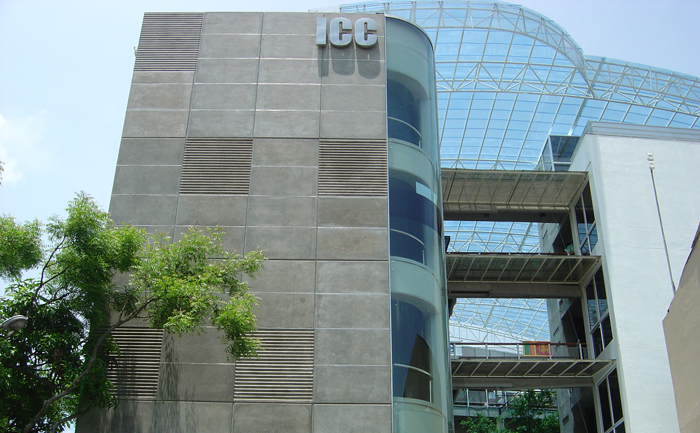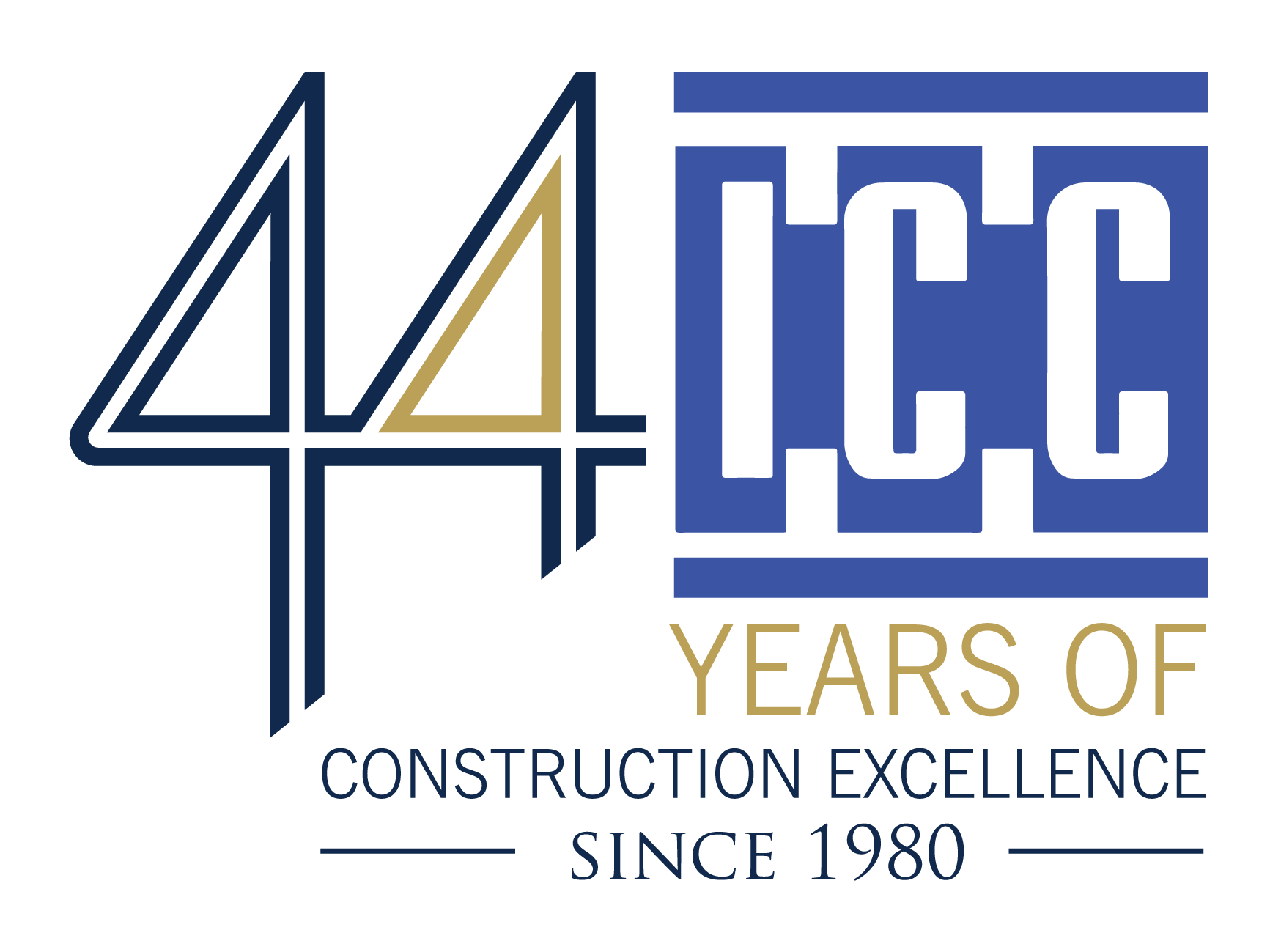Concrete is the foundation — quite literally — of most construction projects. From towering skyscrapers to quaint, suburban sidewalks, it’s hard to overstate its importance. But underpinning the concrete that supports our built environment is a complex interplay of materials and ratios that make up different concrete mixes. Let’s dig into the fundamentals of understanding concrete mixes, demystifying what’s beneath our feet.
Types of Concrete Mixes
There is no one-size-fits-all concrete mix, as the precise blend of ingredients varies according to the job at hand. Here are a few types you might encounter:
Traditional Concrete Mix
A go-to for many standard construction projects, traditional concrete mixes often consist of cement, water, and aggregate (gravel or crushed rocks). Their versatility makes them ideal for foundations, slabs, and most general applications.
High-Strength Concrete Mix
When the stakes are high, high-strength concrete enters the fray. These mixes contain higher ratios of cement to water and a blend of finely ground aggregates, resulting in a material that can withstand significant pressures, making it perfect for bridges and high-rise buildings.
Self-Consolidating Concrete Mix
Self-consolidating mixes are designed to flow into the formwork, filling every nook and cranny without the need for vibration. The high flowability is thanks to a carefully balanced combination of powders and chemicals.
Lightweight Concrete Mix
Projects that require a reduced dead load, such as those on upper floors of structures or where soil settlement could occur, often call for lightweight concrete mixes. They typically incorporate lightweight aggregates or mix designs that trap air to reduce density.
Fiber-Reinforced Concrete Mix
This type of concrete mix incorporates fibers (often steel, glass, or synthetic) to enhance its strength and flexibility. It’s a preferred option for complex infrastructure elements that require extra reinforcement against cracking or breaking.
Factors Affecting Ready Mix Concrete Mixes
Crafting the perfect concrete mix is a meticulous process that demands precision, attention to detail, and a profound understanding of its components. At the heart of this composition lies the water-cement ratio, where excess water can compromise the integrity, while too little can render the mixture unmanageable. Seasoned contractors, the virtuosos of this art, recognize that the accuracy of this ratio is paramount to their success.
Yet, the symphony continues with the aggregates, which contribute texture, depth, and dimension. Their selection significantly influences the appearance and performance of the concrete, with a variety of sizes forging stronger interlocking bonds and carefully chosen types imparting unique properties such as enhanced wear resistance, improved workability, or reduced weight.
Introducing admixtures marks the next phase of our masterpiece, acting as subtle adjustments that modify curing time, enhance workability, and refine other aspects of the final product. These elements serve as game-changers, tailoring the concrete to specific job requirements.
The culmination of this process lies in the curing method, dictating the evolution of our concrete masterpiece from the initial set to early strength gain. For instance, a method like moist curing can yield a notably stronger final product, underscoring the significance of the journey in the realm of concrete.
Choosing the Right Concrete Mix
Selecting the appropriate concrete mix for a project is not a one-step decision. It involves detailed consideration of variables such as the environmental conditions, the purpose of the structure, and the timeline.
A mix designed for a driveway is not the same as one for a decorative pathway. Each application requires a custom-tailored approach to mix design and can change based on geographical location and local building codes. Durability, strength, ease of placement, and maintenance are just a few aspects to consider. By carefully assessing the needs of your project against the characteristics of different concrete mixes, you can ensure the best results.
Common Mistakes to Avoid
Improper Mixing Techniques
From under-mixing, which can lead to weak spots, to over-mixing, which can cause a loss of workability, how you mix your concrete is critical. Ensuring a consistent, homogenous blend is essential for the structural integrity of the concrete.
Inaccurate Measurements
Even small variations in the amount of each ingredient can have significant impacts on the strength and durability of the concrete. Precision is non-negotiable.
Neglecting Proper Curing
The curing process is where the concrete strengthens. Neglect this step, and you risk a weaker end product that can be susceptible to damage and cracking.
Conclusion
Understanding concrete mixes is not just a theoretical exercise. It is a practical necessity for anyone involved in the construction industry. Proactive education and attention to detail can mean the difference between a project’s success and failure. Employing the right mix for the right purpose, and using professional expertise and guidance, is essential. Finally, don’t shy away from leveraging resources like ICC Construction’s ready mix concrete, a product designed to offer reliability and efficiency for various construction needs. With these pointers in your toolkit, you’re well on your way to mastering the building blocks of construction.








